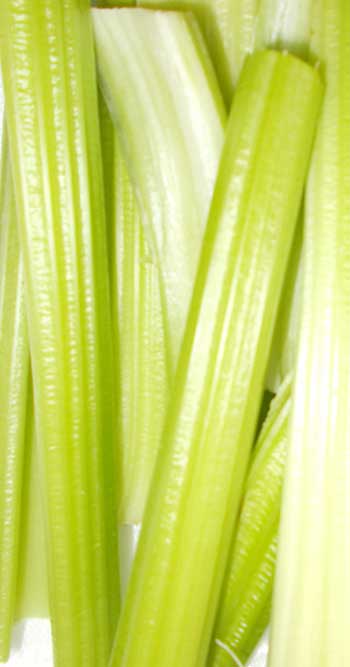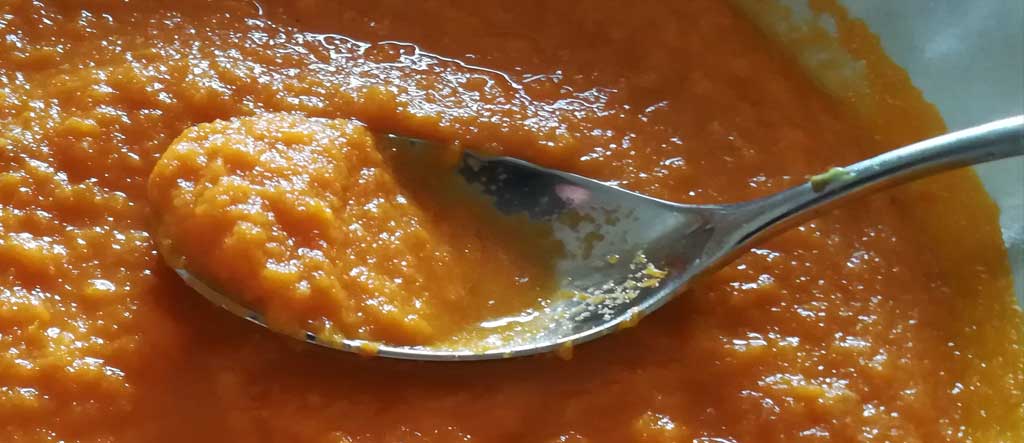After your baby has been on fruits a couple of months, some veggies can be introduced.

Raw celery sticks or lightly steamed pieces of carrot, broccoli, cauliflower and zucchini are all good options for baby to pick up and nibble. Baby will enjoy the different colours, tastes and textures. Also at this time a little mashed sweet potato is good as they are soft and moist and nothing else needs to be added.
Vegetables from the cabbage family (cabbage, broccoli, Brussels sprouts, kale, radishes, turnips, cauliflower, etc.), also onions or garlic can be very gas-forming for breast-fed infants – so keep them to a minimum.
As the only teeth baby has at this stage are incisors, no starch should be given. Ptyalin, the salivary amylase that initiates the breakdown of starch, is not present in the mouth. This enzyme is not produced until the eruptions of the first molars. Baby can eat zwieback, twice baked bread.
Cut spelt bread into finger sized pieces and bake in a warm oven 100°C/212°F for 1 ½ hours. This will convert all the starch in the bread to grape sugar.
If your baby has a large appetite you could add a little ground almond, or ground sunflower, linseed or pumpkin seeds to mashed banana. Another alternative is to add 1 teaspoon of slippery elm powder to a mashed banana. Slippery elm is the powdered inner bark of the slippery elm tree. It is very nutritious, healing and soothing to the digestive tract. It cuts mucus from the system and is a good remedy for colic or diarrhoea.
To make slippery elm gruel, mix a teaspoon of the powder with a little cold water, and then add warm water and mix to form a gruel. Sweeten with maple syrup or organic blackstrap molasses.
- Honey should not be given to babies under a year old. This is because honey can occasionally contain a spore of a bacterium that can cause food poisoning (botulism) in babies.
- The size of a toddler’s fist is an appropriate serving size.
- Do not season food with salt or sweeten with sugar, use a tiny pinch of herbs or spices instead.

